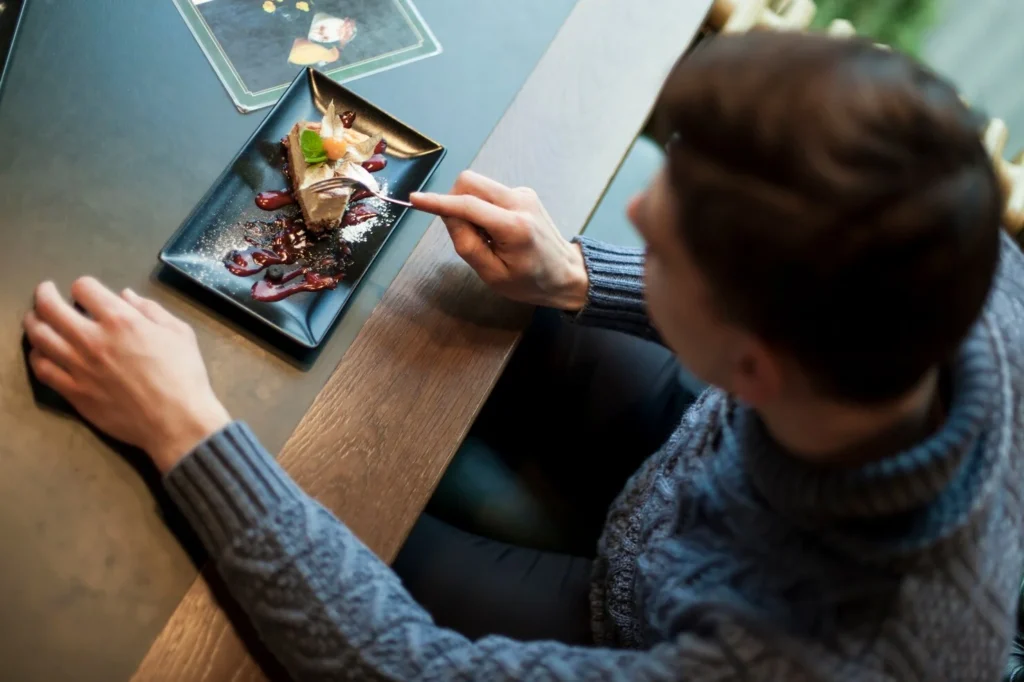Art has always been an essential aspect of human culture, serving as a medium for expression, communication, and creativity. For centuries, the reproduction of art was a painstaking process that required immense skill and time. However, with the advent of technology, the world of art reproduction has undergone a radical transformation. Today, stunning wall art can be easily replicated with incredible precision and efficiency. This article delves into the fascinating journey of art reproduction, tracing its evolution from hand-painted copies to the high-tech prints that grace modern homes and galleries.
Early Beginnings: Hand-Painted Copies
The earliest forms of art reproduction can be traced back to ancient civilizations, where artisans meticulously recreated artworks by hand. In ancient Egypt, for instance, artists would reproduce scenes from temples and tombs using techniques passed down through generations. These reproductions served both as records and as a means to disseminate religious and cultural imagery.
During the Renaissance, the demand for art reproduction grew significantly. Wealthy patrons sought to adorn their homes with copies of famous works, and artists employed apprentices to assist in creating these replicas. The process was labor-intensive and required a high level of skill, as each copy had to be manually painted. Despite the challenges, these hand-painted reproductions played a crucial role in making art accessible to a broader audience.
The Invention of Printmaking
The next major leap in art reproduction came with the invention of printmaking techniques, such as woodcut, engraving, and etching. These methods allowed artists to produce multiple copies of an image from a single original, marking a significant departure from the laborious process of hand-painting.
Woodcut, one of the earliest printmaking techniques, involved carving an image into a wooden block, inking it, and then pressing it onto paper. This technique was widely used in medieval Europe for producing religious images and illustrated books. As printmaking evolved, artists began experimenting with more intricate methods like engraving and etching, which allowed for finer details and greater depth.
The development of printmaking revolutionized the art world by making it possible to reproduce artworks on a larger scale. This not only democratized access to art but also enabled the spread of artistic styles and ideas across regions and cultures.
Lithography: A Game-Changer in Art Reproduction
In the late 18th century, the invention of lithography marked another significant advancement in art reproduction. Developed by Alois Senefelder in 1796, lithography allowed artists to create images on a flat stone or metal plate using a greasy substance. The plate was then treated with a chemical solution that ensured the image would attract ink while the rest of the surface repelled it.
Lithography offered several advantages over earlier printmaking techniques. It was faster, less labor-intensive, and capable of producing more detailed and vibrant images. Moreover, it allowed for greater artistic freedom, as artists could draw directly onto the plate as if they were sketching on paper. This innovation was particularly popular among 19th-century artists like Francisco Goya and Henri de Toulouse-Lautrec, who used lithography to create stunning wall art that captured the spirit of their times.
The Advent of Photography and Chromolithography
The invention of photography in the 19th century had a profound impact on art reproduction. Photographs could capture images with remarkable accuracy, providing a new means of reproducing artworks. Early photographic processes, such as daguerreotypes and calotypes, were soon followed by more advanced techniques like albumen prints and gelatin silver prints, which allowed for greater clarity and detail.
Around the same time, chromolithography emerged as a method for producing color prints. This technique involved using multiple lithographic stones, each inked with a different color, to create vibrant, multi-colored images. Chromolithography was widely used for producing posters, advertisements, and fine art prints, and it played a crucial role in the popularization of art in the 19th and early 20th centuries.
The Digital Revolution: Giclée and Beyond
The most significant transformation in art reproduction occurred with the advent of digital technology. The introduction of inkjet printing in the 1980s, particularly the development of giclée printing, revolutionized the way art was reproduced. Giclée, a term derived from the French word “gicler,” meaning “to spray,” involves using high-quality inkjet printers to produce prints with exceptional color accuracy and resolution.
Giclée prints quickly gained popularity among artists and collectors for their ability to replicate the nuances of original artworks with stunning precision. The technology allowed for limited editions of prints, adding to their value and appeal. Today, giclée remains a preferred method for producing fine art prints, offering artists and galleries a reliable way to share their work with a broader audience.
The Future of Art Reproduction: AI and 3D Printing
As technology continues to advance, the future of art reproduction promises even more exciting developments. Artificial intelligence (AI) is already being used to analyze and replicate artistic styles, enabling the creation of new works inspired by the techniques of past masters. Additionally, 3D printing technology is opening up new possibilities for reproducing sculptures and other three-dimensional artworks with remarkable accuracy.
These innovations are pushing the boundaries of what is possible in art reproduction, making it easier than ever to own and appreciate stunning wall art that reflects both the past and the future of artistic expression.
Conclusion
The evolution of art reproduction is a testament to human ingenuity and the desire to make art accessible to all. From the painstaking hand-painted copies of ancient times to the high-tech prints of today, each advancement has brought us closer to capturing the essence of original artworks. As we look to the future, the marriage of technology and artistry promises to continue shaping the way we experience and appreciate art in our everyday lives.






